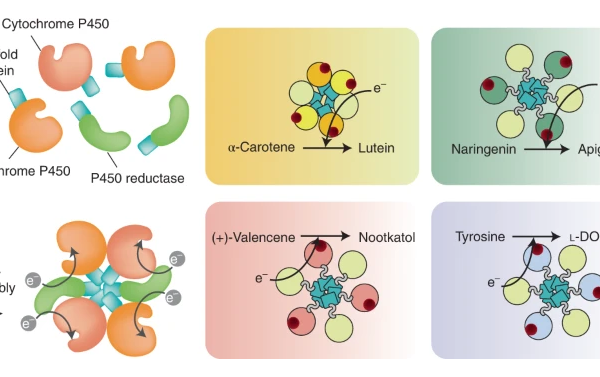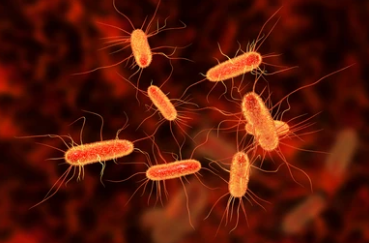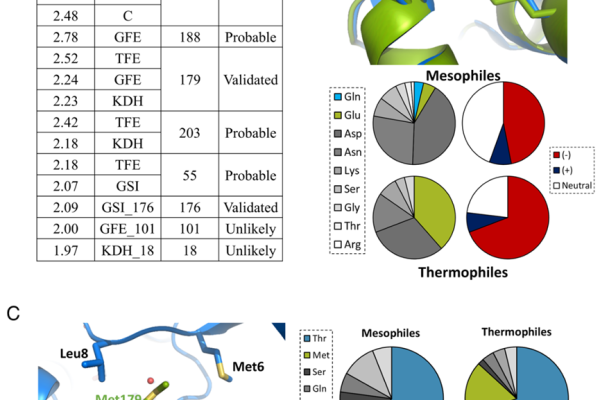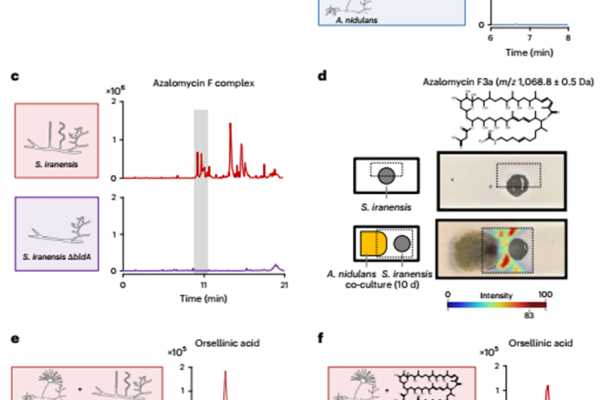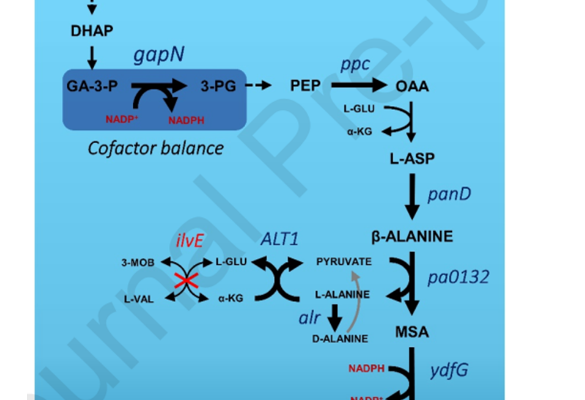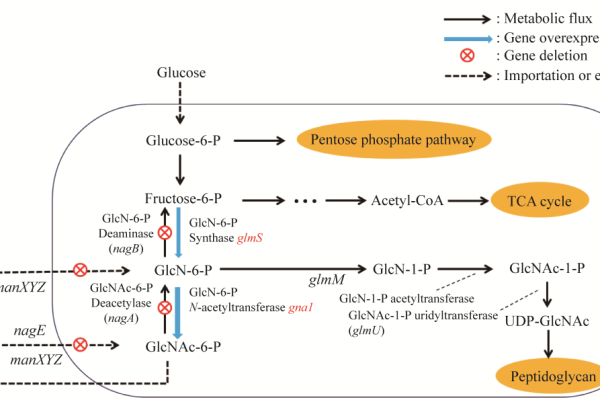
CRISPR/Cas9 editing of E. coli engineered bacteria for the production of glucosamine
Glucosamine (GlcN) and N-acetylglucosamine (GlcNAc) are important precursor substances for the synthesis of glycosaminoglycans, with extensive application value in many fields. Microbial fermentation has many advantages in the production of GlcN and GlcNAc, and is increasingly favored. This study constructed genetically engineered strains of Escherichia coli with high production of GlcN and GlcNAc, laying the…






